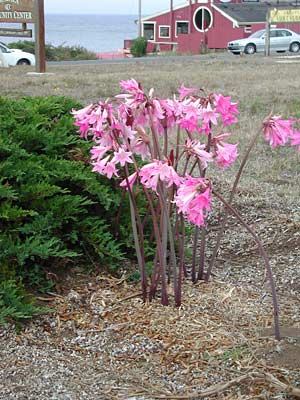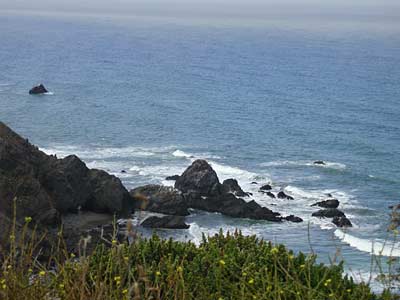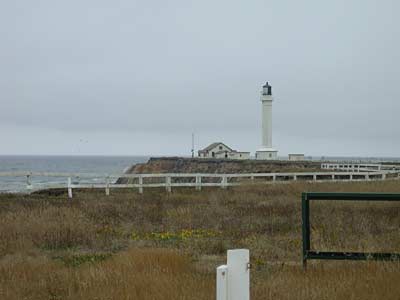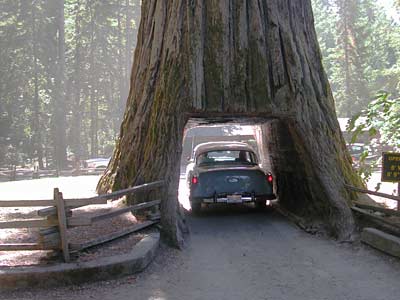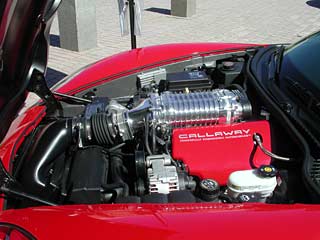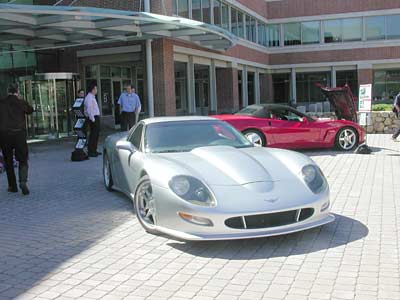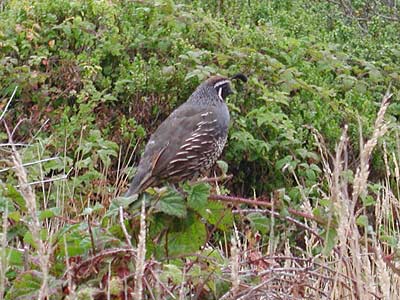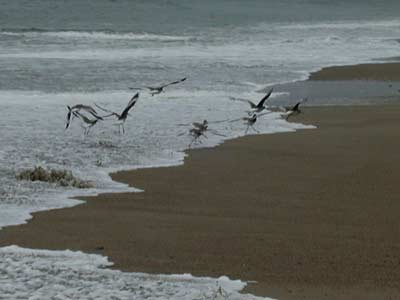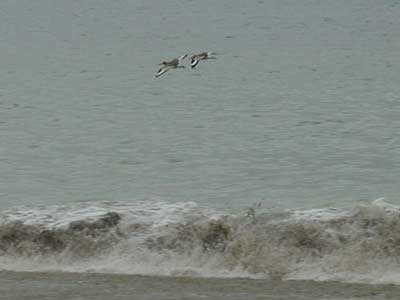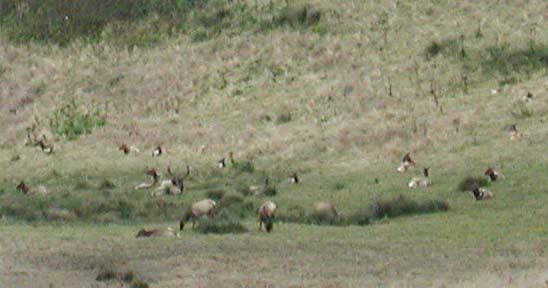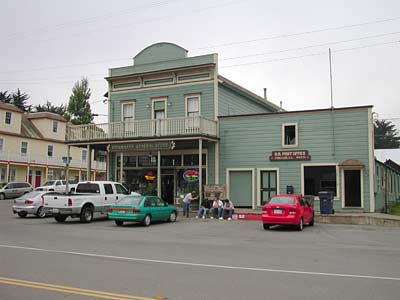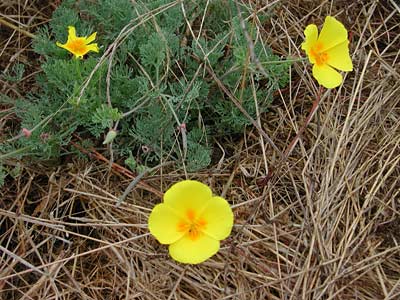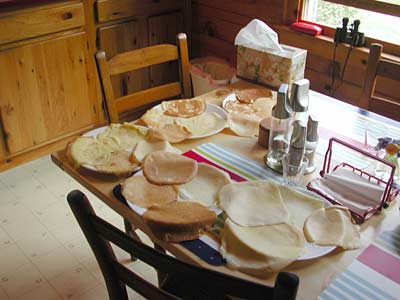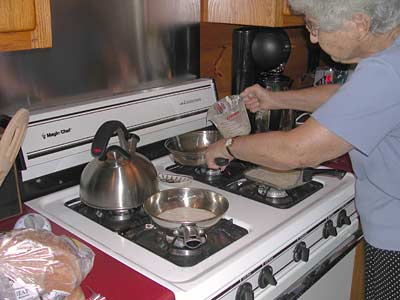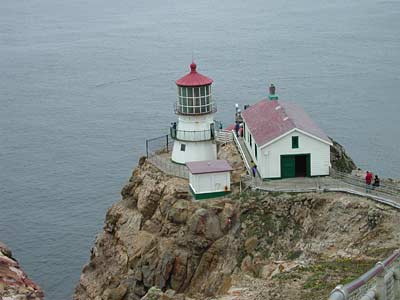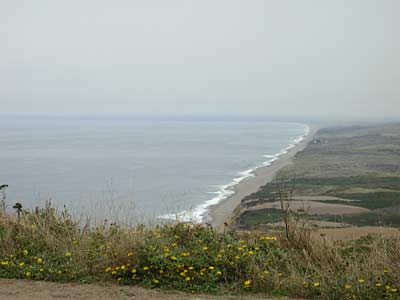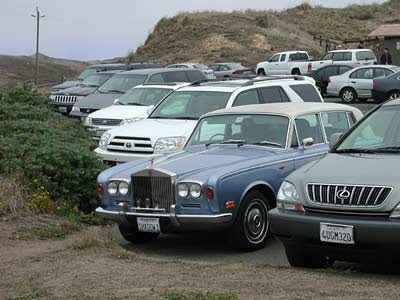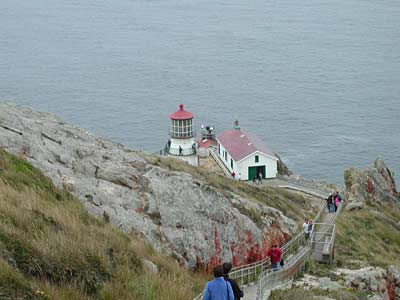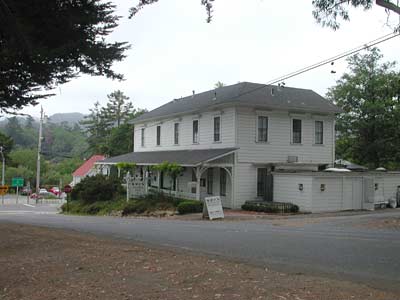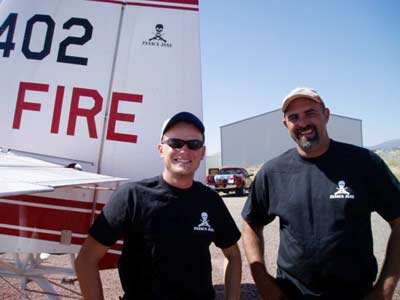I’ve read three books — wait! No! four! (finished ’em! My kids don’t believe I ever do that) recently, partly thanks to being on airplanes on my way to California and home from Utah, so it’s time for some reviews.
1. Airplane reading, A Fatal Thaw by Dana Stabenow. It’s a mystery story set in Alaska. The heroine has a few too many lucky narrow escapes for plausibility, but I liked the book for having lots of believable Alaska culture in it. Probably any other of the authors Kate Shugak (that’s the detective/heroine) stories would be about as good.
2. More vacation reading, Lost Legends of New Jersey by Frederick Reiken. Arlene read it on the plane going and liked it not only because it’s really well-written but also because she grew up in New Jersey near where the story is set. There are references to lots of places we know in it. But mostly, it’s really well-written and all the characters are very believable and most are likeable. A really good book. I was totally glad I read it.
3. Something Arlene got from the library, The Sunday Philosophy Club by Alexander McCall Smith. McCall Smith (the Newton library has his stuff filed under “M”, not “S”) wrote the Number One Ladies’ Detective Agency series, of which there were no more that Arlene hadn’t read, so she tried something else of his. This one is really more about Edinburgh than about a mystery, the way those are really more about Botswana than about a mystery, and is also very likeable.
4. I know I said three, but I really finished four books. The last is The Beans of Egypt, Maine by Carolyn Chute. I’ll let you google it for a review if you want. It’s a lot tougher, grittier, more violent (which is pretty strange to say — the Stabenow had lots more bodies in it, but you have to sort of ignore them in a mystery story, where you figure it’s all make-believe. This one has fewer bodies, but the violence is more motivated and believable). It’s more the kind of book you should read to learn from than something you really enjoy. It has totally credible characters and some of the least erotic sex scenes you’ve ever come across (not that that’s normally a reason for choosing a book). Another really good book but harder to deal with than the other three.
5. And now I started The DaVinci Code, which I got in the Salt Lake airport and started on the plane home. It reminds me of Tom Clancy books, which keep me engrossed even though I don’t think they’re believable nor well-written. It’s very imaginative, I have to say, but not as fast-paced as I expected. I mean the characters may be running at top speed, but the book has lots of flashbacks and explanations that make the pace of the book entirely different from the pace of the action. Which is OK, too. Also like Tom Clancy, he doesn’t have all his facts straight. Clancy had one character working all night to translate a computer program from Fortran into Ada, just so Clancy could show you that he knows all about hi-tech computer languages. I can tell you that nobody is going to get that working right in one night, and there would be no reason to do it, anyway. Dan Brown is a little over the top in his description of the importance of the golden ratio (PHI), which is an irrational number and only approximated in anything found in nature. Also I can’t believe all those big name people were members of a particular secret society, as the preface says. What else do secret societies do to attract new members than claim that big name people were their members? There’s no way to prove it one way or another — the people kept their membership secret, and the society kept the members secret, so the society can claim anyone from the past that they want. Bah, humbug. This book is not great literature, and I don’t even think the characterization is up to any of the other four. But I’m still reading it.
6. And I still haven’t finished Everything is Illuminated.
